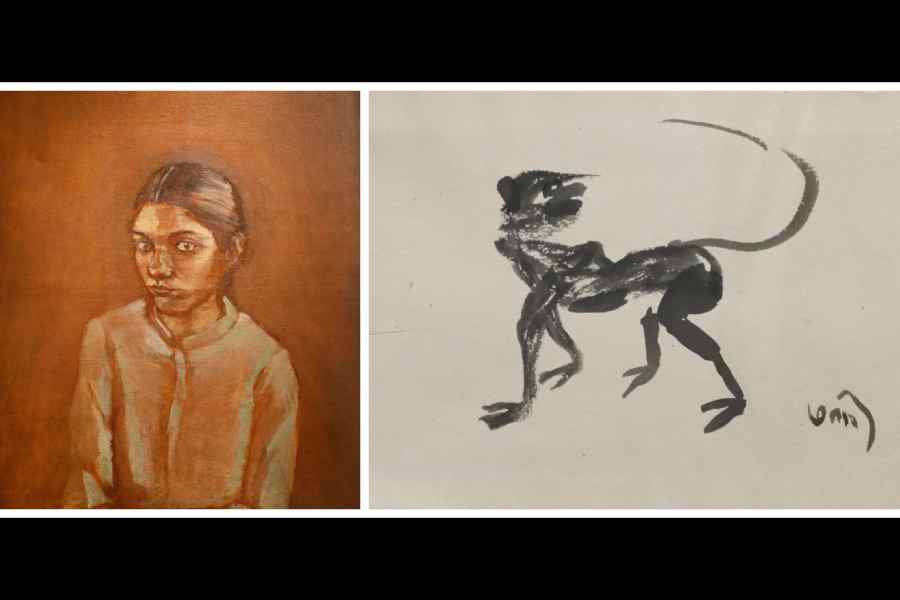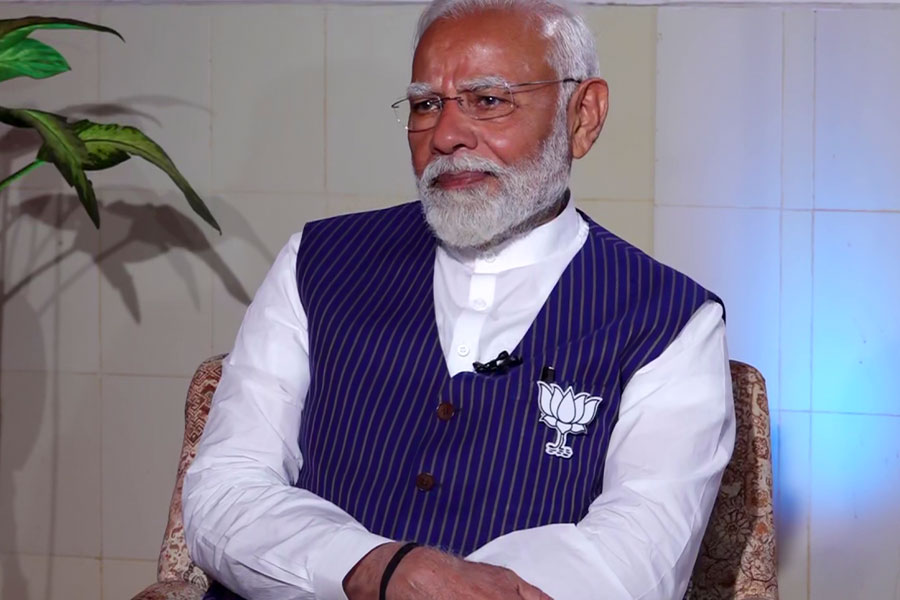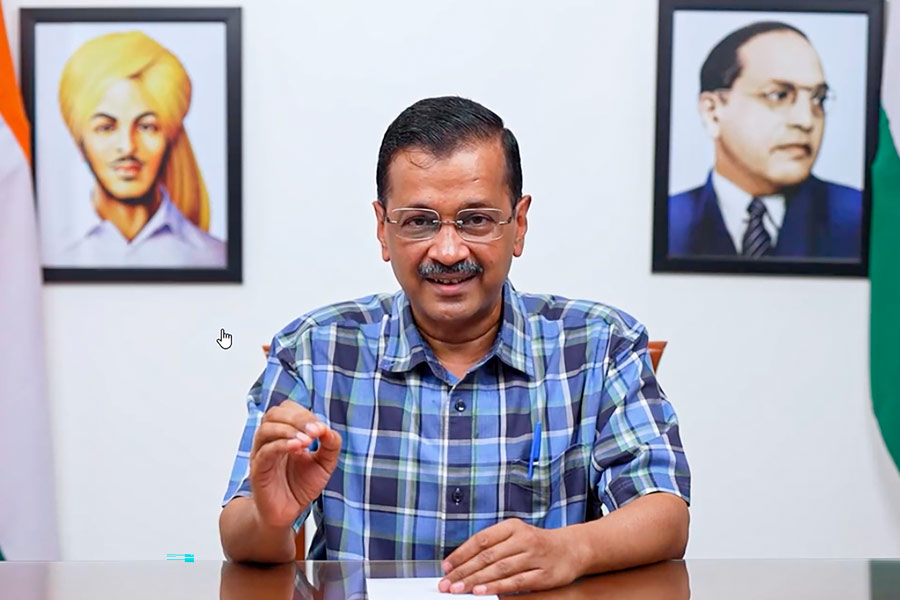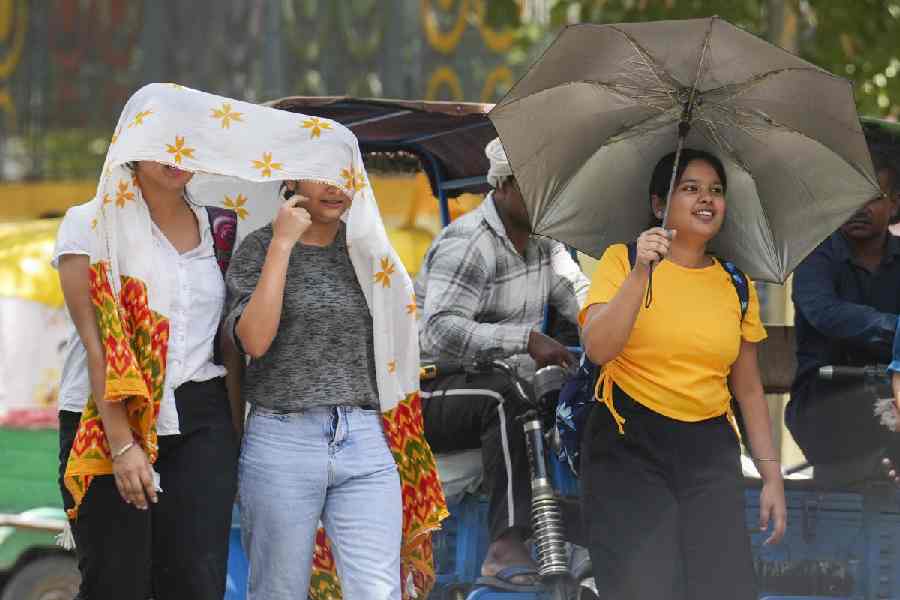Mani da: A Centenary Exhibition of KG Subramanyan (February 15-March 27) held at Arthshila Santiniketan, Shyambati, was among the first celebratory shows this year to focus on the multi-faceted genius that was this artist who was a painter, printmaker, toy-maker, muralist and relief-sculptor all rolled into one. Besides being a scholar, Subramanyan made significant contributions to institutions like the All India Handloom Board and the World Craft Council Board.
The sculptor, K.S. Radhakrishnan, who, like Subramanyan, is an alumnus of Kala Bhavana, conceptualised this exhibition where 150 works were on display. These were sourced from the art collection of the Takshila Education Society, which has 300 of the artist’s works in its possession. Beginning with the 1950s and ending with works done by Subramanyan when he was already in his nineties, the 150 paintings were displayed in the three halls of the gallery.
There were some large paintings on display but the thrust was on a gallery of faces, facial expressions and human relationships on the one hand and animals that were once commonly visible in and around Santiniketan on the other. This was before rapid urbanisation swallowed up the khoai, the canyon-like terrain of red laterite soil in Birbhum, and the open spaces outside the Visva-Bharati campus.
The master draughtsman that he was, Subramanyan covered a wide range of facial expressions and visages — some close to caricatures — which gives these drawings in conti and watercolour a serio-comic look. They often have exaggerated expressions of sorrow, like characters from commedia dell’arte, or are on the verge of a nervous breakdown. Subramanyan quite clearly depicted an erotic scene as a naked man and woman are engaged in a conversation. With their workaday protagonists, and simple but beautiful interiors with plenty of greenery, these could very well be scenes from modern plays. As in his larger paintings, the mythical and the mundane merge here. Many of these characters could be deities with features drawn from multifarious cultures. A woman wielding a scimitar and holding the head of a horned monster, perhaps a buffalo, is ready to fight again.
Such scenes are amplified in the larger paintings where tribal and village deities blend with the great mother goddesses who appear in all cultures. It is never clear whether Subramanyan was taking them seriously or laughing at them. The latter, in all likelihood, because the master was known for his wicked wit and twinkling eyes. These goddesses walk into modern homes as if that was the perfectly natural thing to do. They also have strong relationships with poultry, like Bonbibi and other such deities of the Sunderbans worshipped by both Hindus and Muslims or Bahuchar Mata who rides a rooster and is venerated in Gujarat. Subramanyan is obviously stressing the syncretic nature of Indian culture, which accepted external influences with open arms.
The howling felines (they could easily turn into big cats) which accompany some of these goddesses are not the only animals that appear in Subramanyan’s work. There are aggressive roosters, randy goats, priapic monkeys and dogs in heat. The monkeys, in particular, seemed to fascinate Subramanyan (picture, right). He had done several drawings of these pesky creatures. The rarely seen enamel paintings, too, were shown. Subramanyan had done some fascinating studies of elephants. The remarkable portrait of his daughter, Uma (picture, left), was the only one of its kind.










